Knowing when to repoint darts is crucial for maintaining your game’s accuracy and consistency. Blunt darts significantly impact your performance, leading to missed throws and frustration. This article will guide you on identifying when your darts need repointing, the process itself, and other essential dart maintenance tips to keep your game sharp.
⚠️ Still Using Pen & Paper (or a Chalkboard)?! ⚠️
Step into the future! The Dart Counter App handles all the scoring, suggests checkouts, and tracks your stats automatically. It's easier than you think!
Try the Smart Dart Counter App FREE!Ready for an upgrade? Click above!
Many factors influence a dart’s performance, and understanding these helps determine when to repoint darts effectively. This goes beyond simply noticing a visibly blunt tip; it involves assessing the dart’s overall condition and its impact on your throw. We’ll explore practical tips to maintain the quality of your darts, ensuring you’re always throwing your best game.
When to Repoint Darts: Recognizing the Signs
The most obvious sign is a noticeably blunt dart point. However, the subtle signs can be just as important. You might find yourself consistently missing the intended area, experiencing decreased penetration into the dartboard, or noticing more bounces instead of clean entries. These are all indicators that it’s time to consider repointing. The frequency with which you need to repoint depends on several factors: the type of dart tips you use (steel tips require repointing more frequently than soft tips), the type of dartboard, and the frequency and intensity of your practice and play.
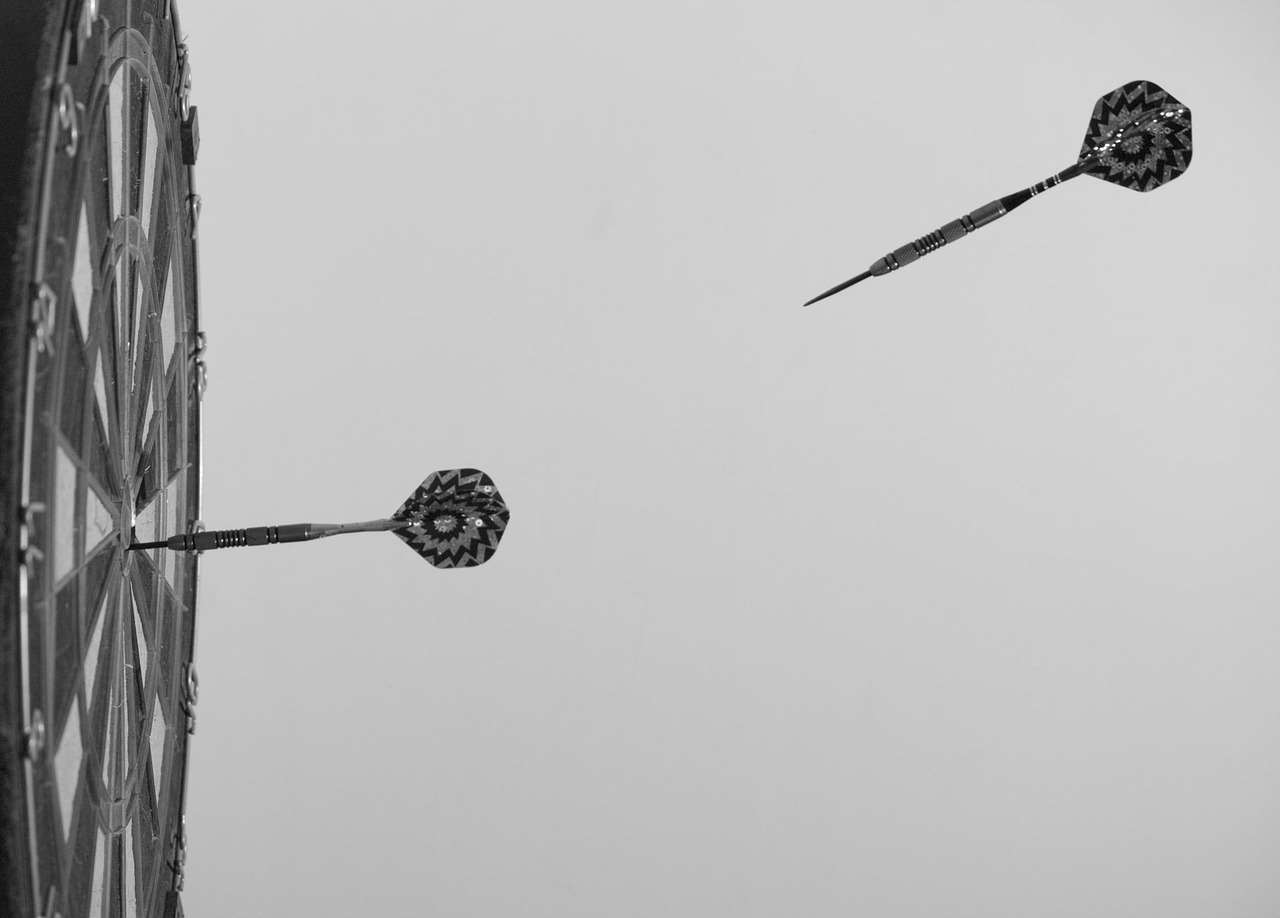
Regularly checking your dart points for damage or wear is key. Even a slight nick or bend can significantly affect your accuracy. Don’t wait until your darts are completely unusable; proactive maintenance will save you time and frustration in the long run. Remember, regular maintenance, including knowing when to repoint darts, prevents unexpected disruptions during crucial games.
Identifying Subtle Signs of Wear
- Inconsistent grouping: If your darts are consistently landing in different areas on the board, even with your usual throw, check their points for damage.
- Reduced penetration: If your darts are failing to fully penetrate the bristleboard, this could indicate a blunt tip needing attention. This is especially noticeable in the outer wire of the board.
- Increased bouncing: Darts bouncing off the board instead of sticking is a clear sign of blunt tips and should prompt immediate attention for when to repoint darts.
These subtle signs often precede a dramatically blunt tip and can be easily rectified with timely repointing. Ignoring these early warning signs could lead to consistent poor performance, negatively impacting your game and possibly leading to unnecessary dart replacement.
Tools and Techniques for Repointing Darts
Before you start, gather the necessary tools. You’ll need a suitable repointing tool (these vary greatly and some may be specific to dart types), a vice, and some additional darts for practice or replacement tips if applicable. Proper technique is key to avoid damaging your darts further. Understanding when to repoint darts is only half the battle; knowing how is equally critical. Poor repointing can lead to inconsistencies in your throws or ultimately damage the dart itself.
For many, repointing darts is a process they might avoid, especially if you’re a beginner. However, the small investment of time and materials is often worth the improved accuracy you get by ensuring your darts always have a sharp point. Mastering repointing will also give you a better understanding of the mechanics and how they relate to your overall game.
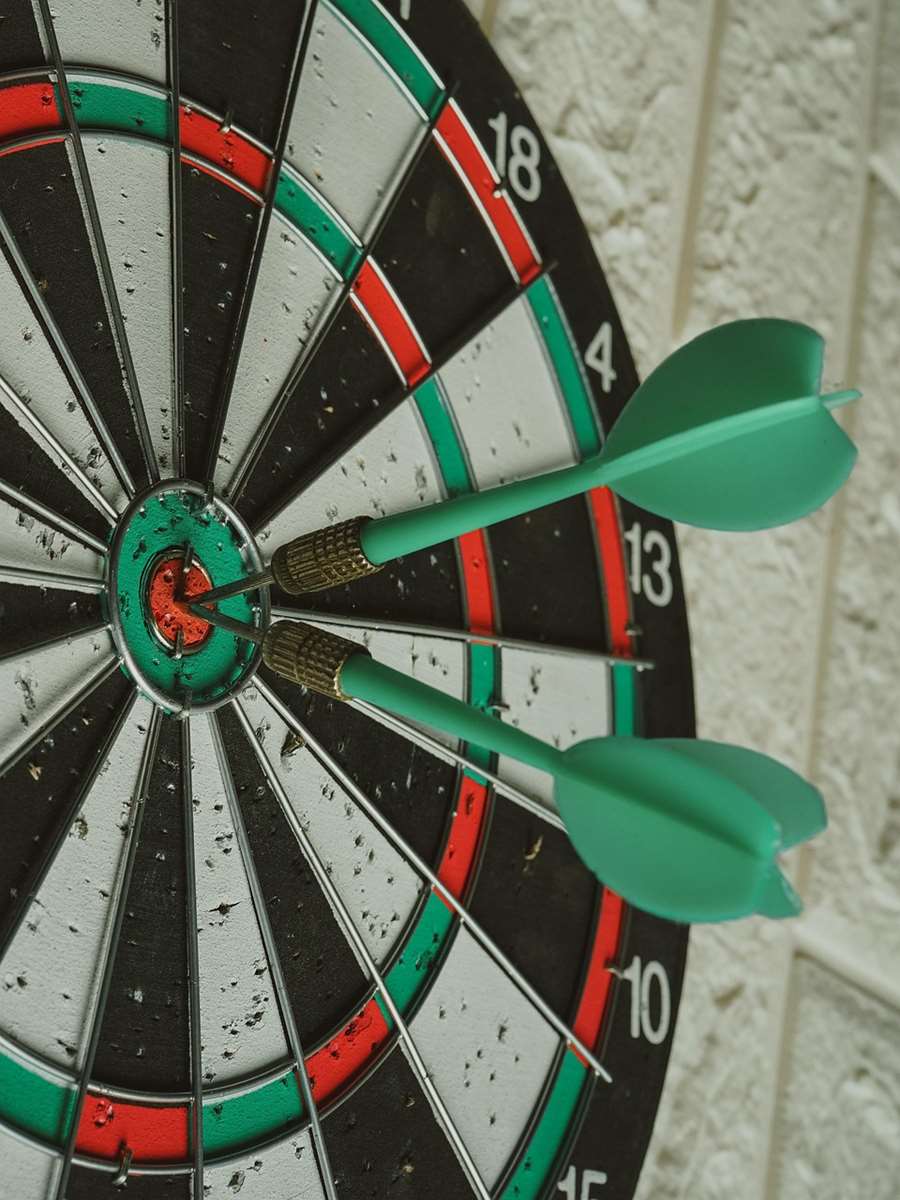
There are various resources available online and in instructional videos that illustrate the correct techniques for repointing your darts. Many players learn this skill from experienced players, taking the time to learn proper techniques and maintenance from the outset. A well-maintained dart is always an asset and ensures that your focus stays on the game and not on equipment.
Different Dart Types and Repointing Needs
Steel-tip darts generally require more frequent repointing than soft-tip darts, due to the harder surface they encounter. Soft-tip darts, while less prone to damage, will also eventually need repointing, though this usually happens less frequently. Always refer to the manufacturer’s recommendations or a guide on when to repoint darts to ensure you follow best practices.
The type of dartboard also plays a role. Bristle dartboards tend to dull dart points quicker compared to electronic dartboards. Electronic boards often require less maintenance regarding the dart tips themselves. However, maintenance of the electronic board itself should still be prioritized. Dart equipment troubleshooting information can be found online, if issues arise. Understanding these differences helps you establish a proactive maintenance schedule to ensure consistent accuracy. This proactive approach is far more effective than reacting only when noticeable issues occur.
Choosing the Right Repointing Tool
Several dart repointing tools are available on the market, each with its own advantages and disadvantages. Consider factors like ease of use, precision, and the type of dart tips you use when selecting a tool. This choice directly impacts the success of the repointing process and thus the accuracy of your throws. A poorly chosen tool can make the task much harder and may even cause damage to the darts.
It is always recommended to invest in a high-quality repointing tool, ensuring consistency and precision when sharpening. A good quality tool will provide long-term value and aid in maintaining consistently sharp dart points. This contributes positively towards ensuring you’re ready for any competition.
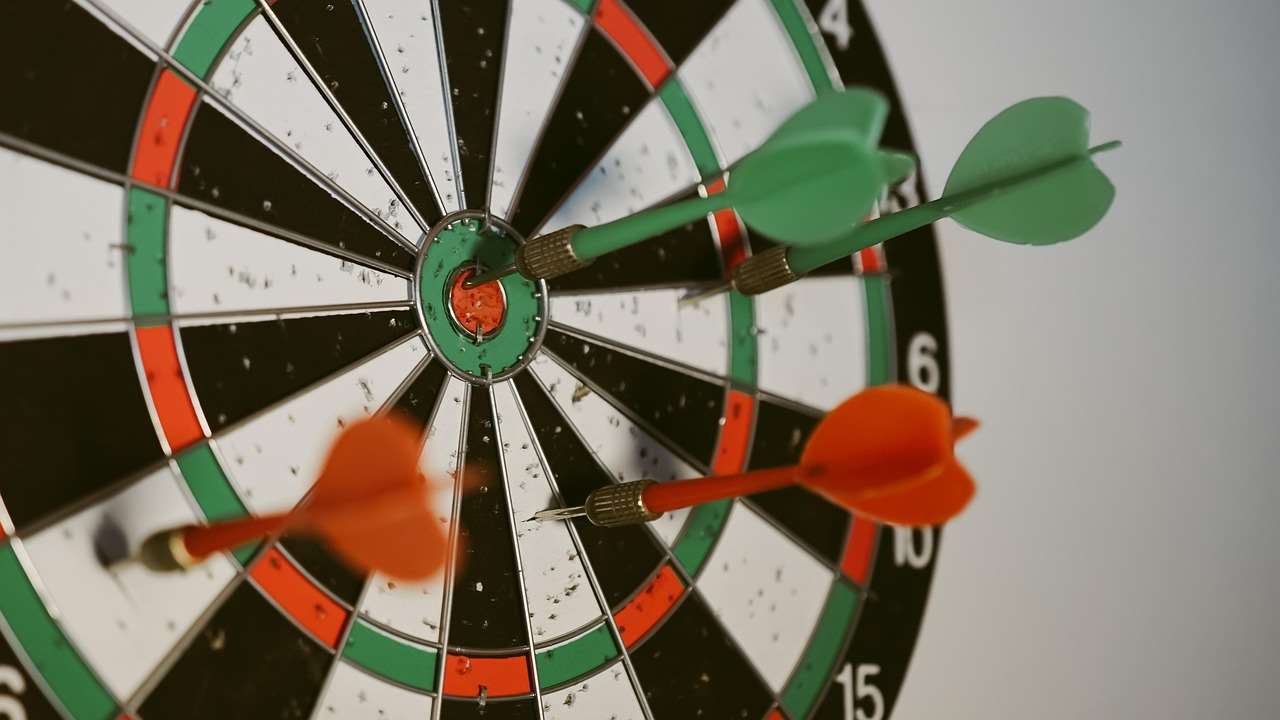
Taking good care of your darts involves more than just repointing. Regular cleaning of the barrels and flights is important to keep them in optimal condition. This prevents build-up of dirt and grime that can affect your grip and, in the long term, the balance and flight of your darts. Consider investing in flight protectors to extend the lifespan of your flights. This is an investment that enhances the quality of your gameplay over time.
Beyond Repointing: Comprehensive Dart Maintenance
Regular maintenance is key to maximizing the lifespan of your darts and maintaining their accuracy. This includes regular cleaning, checking for bends or damage in the barrels, and replacing worn-out flights and shafts. Darts Equipment Maintenance Customization provides invaluable tips on how to look after your equipment.
Proper storage also plays a vital role. Storing darts in a case protects them from damage and keeps them organized. This prevents accidental damage or loss, allowing you to maintain your preferred set for ongoing use. Keeping your equipment protected saves time and resources and promotes a smoother gaming experience.
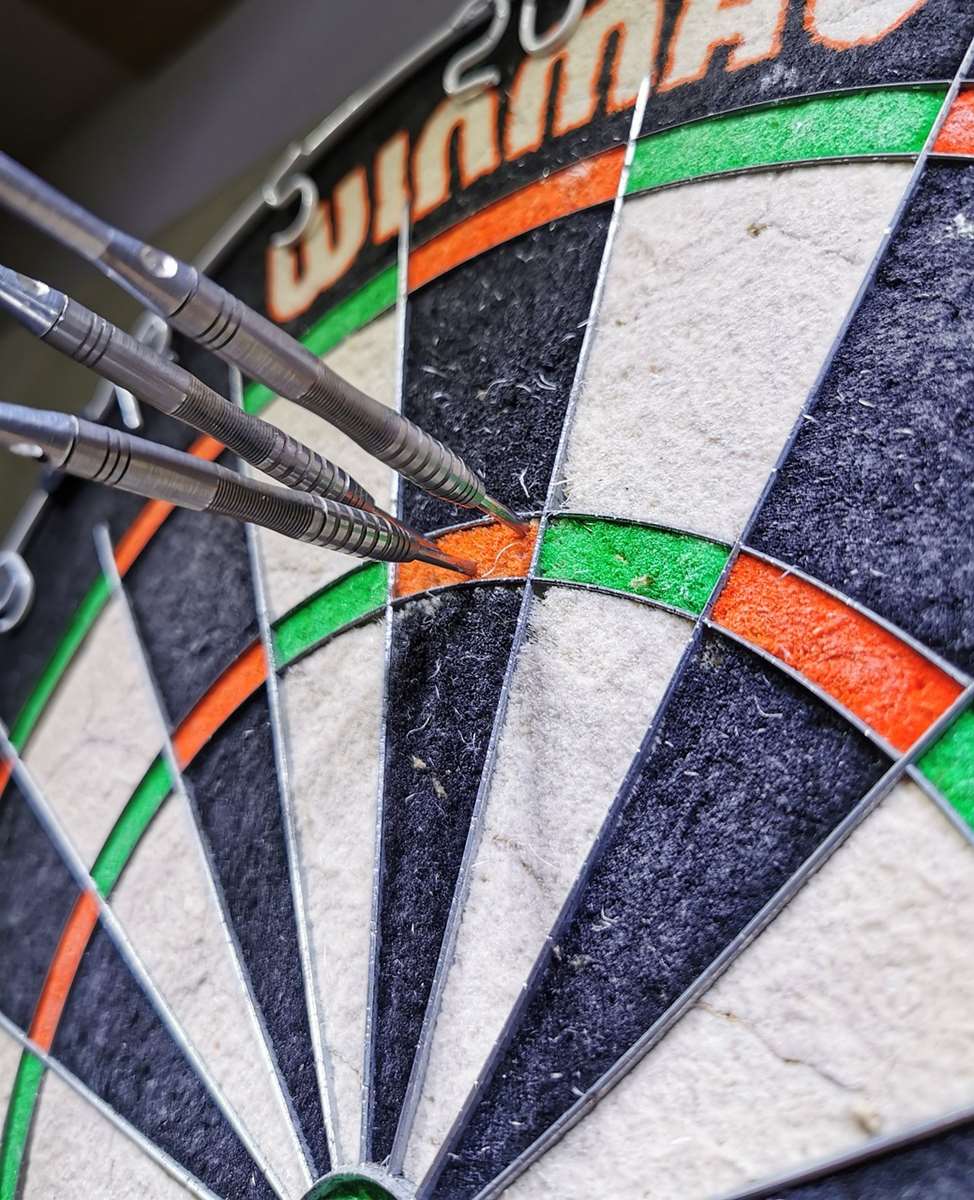
Knowing when to repoint darts is only one aspect of proper dart maintenance. Regular cleaning of your darts not only extends their lifespan, but also improves the overall performance of your throw. This often gets overlooked, and the accumulation of debris and moisture can affect the grip and weight balance of your dart. A clean, well-maintained set contributes significantly towards a consistent and accurate throw.
Sometimes, despite your best efforts, the damage may be too extensive. When deciding whether to repair or replace a dart, several factors need consideration. For example, is the damage primarily to the point? If so, repointing may be sufficient. Factors to consider replace vs repair your darts based on their overall condition and the extent of the damage.
Troubleshooting Common Dart Issues
If you’re still experiencing accuracy problems even after repointing your darts, there might be other issues at play. Your throwing technique might need refining, or there might be a problem with your dartboard’s surface. Regularly checking for any damage or irregularities on the dartboard is essential for ensuring consistent and fair gameplay. A worn-out dartboard can impact accuracy and potentially lead to missed throws that can be misinterpreted as issues with your darts.
Sometimes, a simple fix like replacing worn-out numbers or repairing a tear could resolve the issues. Our quick dartboard number replacement guide and repairing dartboard tears tutorial can assist. Similarly, a repairing dartboard worn areas tutorial can help in addressing surface-level damage that impacts the game. Addressing the underlying issues is essential for a consistent and enjoyable game. And often times, this isn’t directly tied to when to repoint darts.
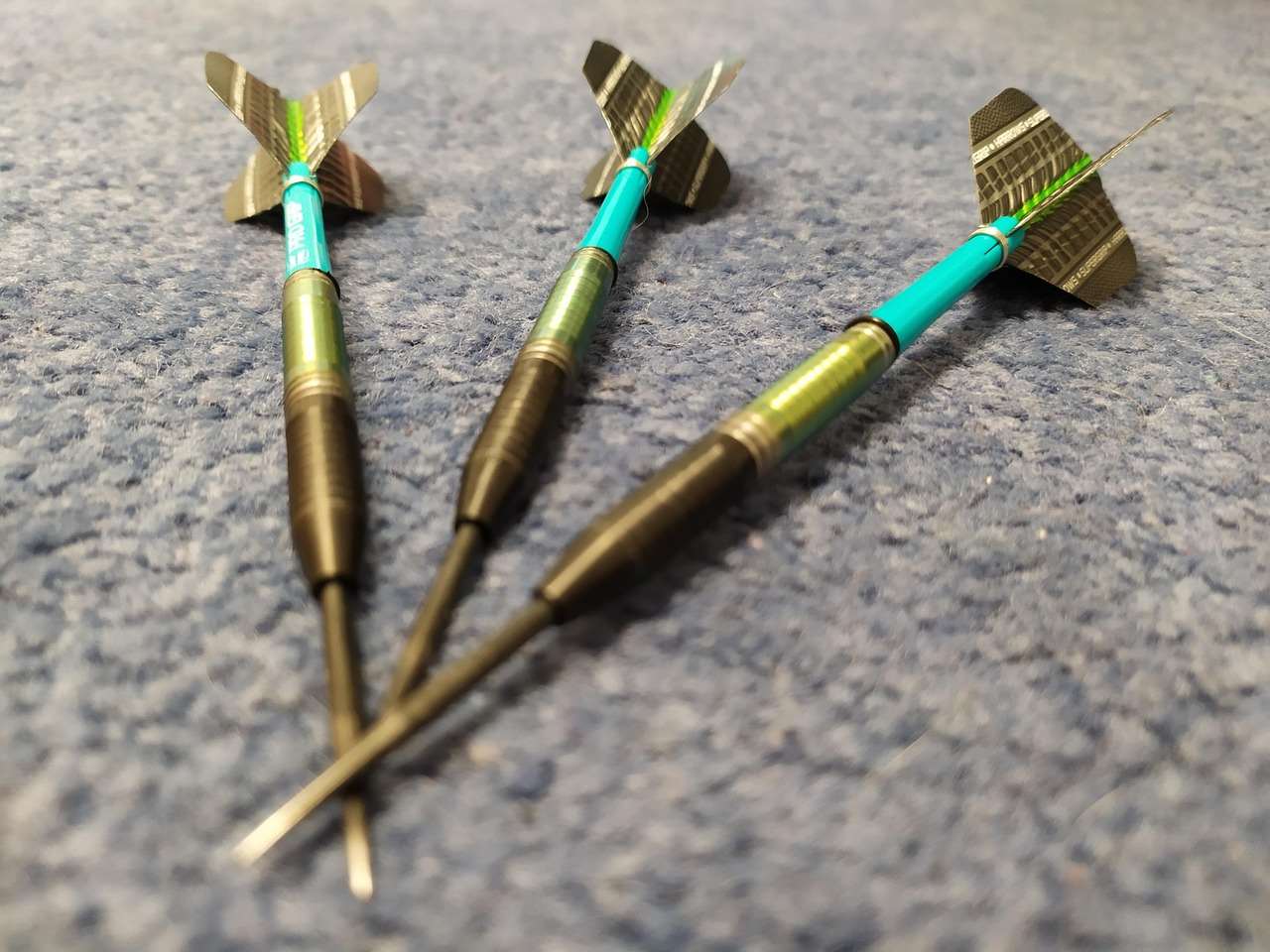
Don’t overlook the importance of maintaining your dart shafts. Regularly inspect for bending or damage, as even minor imperfections can impact your throws. Dart shaft customization reviews are available online, if you want to consider upgrading your darts’ components. This often goes beyond simply knowing when to repoint darts.
Finally, remember to consider the cost of repair versus replacement. If the damage is extensive, replacing your darts might be a more cost-effective option in the long run. Our guide on dartboard wire replacement cost can also be useful in evaluating repairs versus replacement.
Conclusion: Maintaining Your Darting Edge
Knowing when to repoint darts is a fundamental skill for any serious dart player. By understanding the signs of wear and tear, employing proper repointing techniques, and practicing regular maintenance, you’ll significantly improve your game’s accuracy and consistency. Remember, maintaining your equipment isn’t just about extending its life; it’s about optimizing your performance and ensuring that you can always throw your best game.
Regularly inspect your darts, pay attention to the subtle signs of wear, and invest in the right tools for repointing. Remember to check out our comprehensive guides for further dart maintenance advice and troubleshooting. Keep your darts sharp, and your game will stay sharp too!
Hi, I’m Dieter, and I created Dartcounter (Dartcounterapp.com). My motivation wasn’t being a darts expert – quite the opposite! When I first started playing, I loved the game but found keeping accurate scores and tracking stats difficult and distracting.
I figured I couldn’t be the only one struggling with this. So, I decided to build a solution: an easy-to-use application that everyone, no matter their experience level, could use to manage scoring effortlessly.
My goal for Dartcounter was simple: let the app handle the numbers – the scoring, the averages, the stats, even checkout suggestions – so players could focus purely on their throw and enjoying the game. It began as a way to solve my own beginner’s problem, and I’m thrilled it has grown into a helpful tool for the wider darts community.